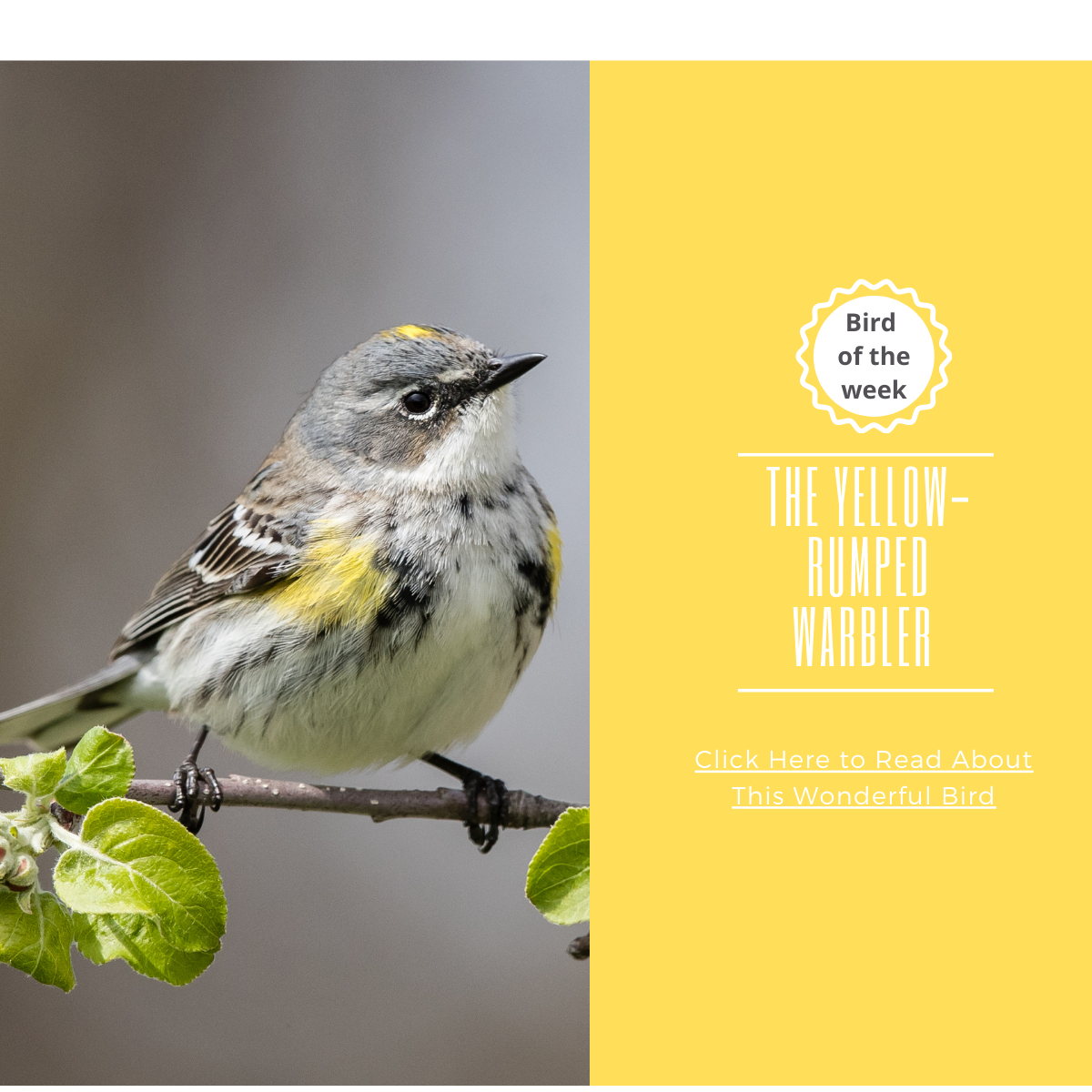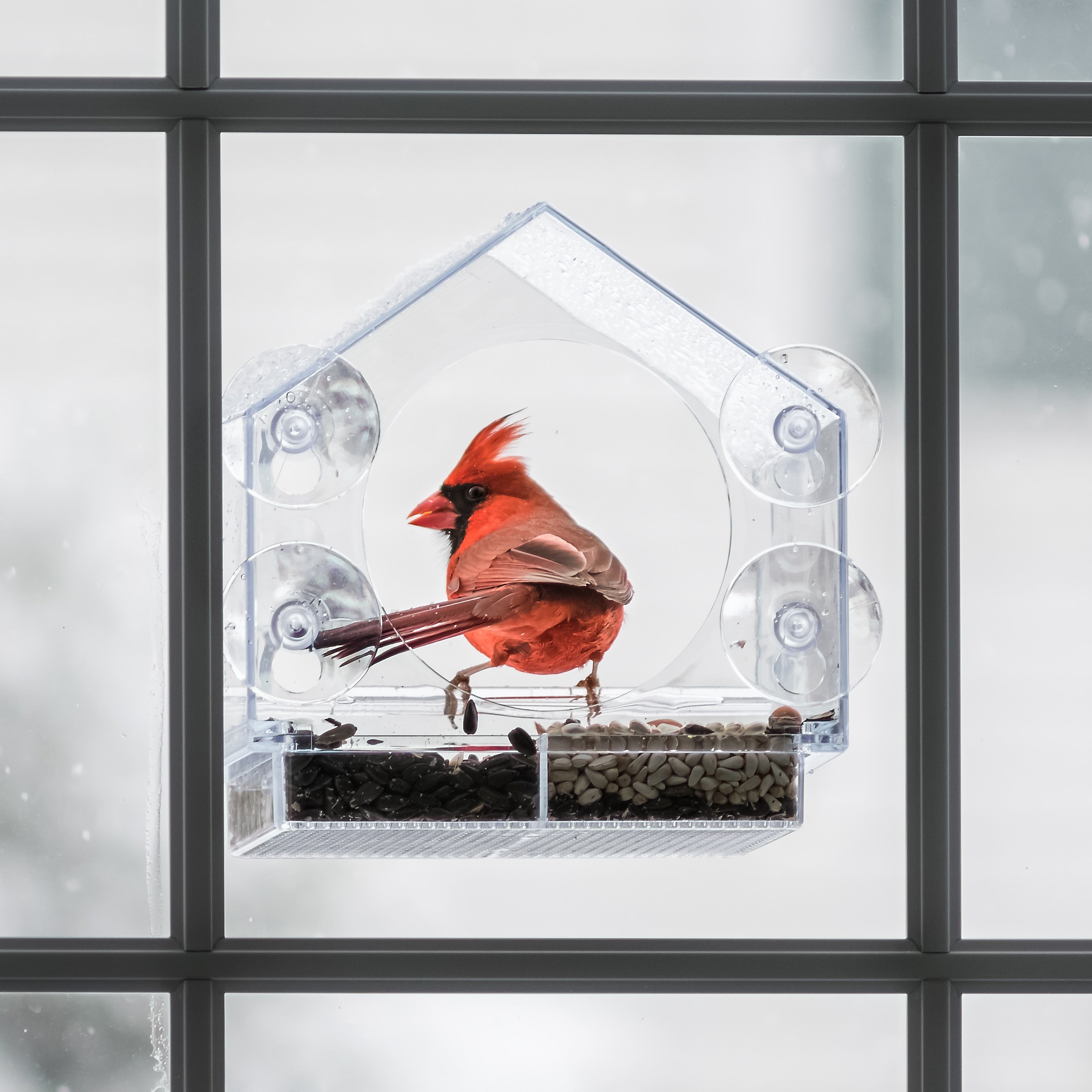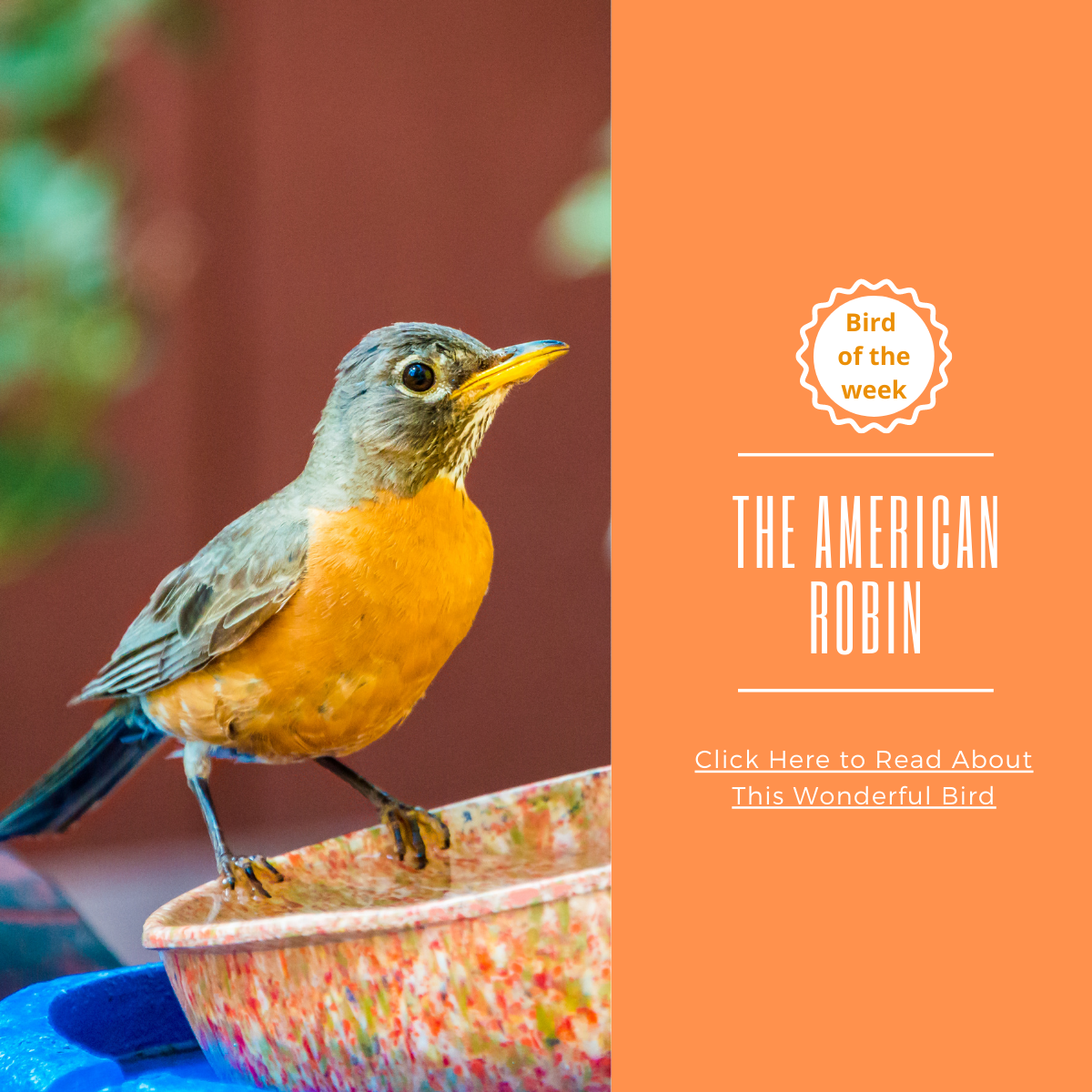
One of the best known warblers, the yellow-rumped warbler is a small plump bird with a big head and slender tail. Affectionately referred to by birders as “butter butts” because of the pat-of-butter-shaped yellow mark on its rump, it is the first warbler to arrive each spring.
Both sexes are similar in the summer: bright grey bodies and splashes of white in the wings. But what makes them eye-catching is the brilliant splashes of yellow which decorate their necks, faces, sides and rumps. Males are very strikingly shaded; females are duller and may show some brown. Winter birds are paler brown, with a bright yellow rump and usually some yellow on the sides.
We are lucky to see these lovely birds year round ranging all the way from Seattle, where they forage and feed in mostly mountainous areas, to the woodlands of New England, chirping and flying mainly on birches, aspens and willow trees.
Warblers breed and feed in areas of mature coniferous and deciduous trees. Come winter, these tough survivors don’t migrate to the tropics but find ways to live on berries in parks and open pine forests, making it the main winter warbler in North America.
Yellow-rumped warblers travel together in small flocks and appear to be in constant motion. It is fascinating to watch them feeding in flight, darting from branch to branch to catch their prey of flying insects!
In case you missed last week's bird-of-the-week: The European Starling.
What’s on the menu for the yellow-rumped warbler?
Warblers eat mostly insects, such as caterpillars, wasps, grasshoppers, gnats, aphids, beetles and spiders. Come winter when bugs are scarce, the warbler also eats fruit as well as berries. Bayberries are on the menu, as well as juniper, wax myrtle and poison ivy among others.
How to attract warblers to your feeder?
So here’s the catch - it’s almost impossible! Although there are over 50 species of warblers in the United States and Canada, most warblers don’t visit backyards, because they aren’t feeder birds and typically stick to forested areas. So, birders have to go to where the warblers are. These little lovelies won’t eat your regular seed offerings as they are mostly berry and insect-oriented. They also don’t build cavity-nests - so bird houses are out of the question. Warblers keep to their own and are a shy species. Having said that, it is still not impossible! There are four things you can try to get them to trill, whistle and warble in your garden:
1. Something sweet, something fatty: The only feeders which could attract these shy and solitary birds are suet feeders, peanut feeders and orange feeders. Much like Orioles, they might very well be attracted to orange halves, jelly, suet or peanut butter left in open and safe perches – or even left on nectar feeders.
2. One bird-lover's trash, another bird's treasure! As warblers love insects, make sure not to use insecticide in your garden. Trees or flowers could also be a big attraction. Check out which berry shrubs and trees attract warblers! These trees can attract a slew of berry-loving birds, among them grosbeaks, woodpeckers and many more. They get the protein you need, and you get free pesticide!
3. Water: Most of our wild birds need water and warblers love moving water! Setting up a bird bath could win you a friend for life.
4. A message for oak tree owners: oak trees host more than 550 species of butterflies, insects and moth caterpillars which supply essential food for warblers. If you can organize part of your garden to be sheltered and quiet, with no cats or other natural enemies, you can create a safe space for them to forage and possibly nest. When observed quietly, they often approach relatively close to us humans!
Yellow Love
Yellow-rumped warblers are monogamous. The male warbler flies into the breeding areas before the female. Once paired, the female builds a nest on a horizontal conifer branch or fork, sometimes even on shrubs or bushes. The nest is a small flat cup of twigs, grass, moss, and rootlets, lined with grass, hair and feathers which curve over the rim of the nest, partially covering the eggs. The female incubates about 4 to 5 cream-coloured eggs with brown spots for 12 to 13 days.
The male feeds the female at the nest and occasionally helps with the incubation. Both feed the hatchlings for up to two weeks, by which time the little ones can already make short flights. Interestingly, the female will move on to a second brood while papa continues to feed the little fledglings for another two weeks.
What do yellow-rumped warblers sound like?
When the male sings, it's a melodious series of 6–10 notes that accelerate over the course of the roughly 1-second song and often end on a rising note. When you hear these sounds, you know that spring is here! In the early summer mornings these little trills and cheers are repeated 10 times per minute!
FUN FACTS:
~Population prize
The yellow-rumped warbler is one of the most common warblers in North America.
~Beating winter
Of all the warblers, only the yellow-rumped warbler seems able to digest the waxy fruits of bayberries and wax myrtles. Because of this low-competition food source, they can winter farther north than almost any other warbler species.
~Mating make-up
When breeding, it develops a prominent black face mask that extends back to its cheeks.
~A bouquet of warblers
A group of warblers has many collective nouns, including a "bouquet", "confusion", "fall", and "wrench" of warblers.




2 comments
Lillian
5/30/23 Today the Merlin app identified the voice of the yellow-rumped warbler right nest to our oak tree. Without Merlin I would never have known that they were there. Thank you for the information about them.
Susan Wilder
Here in Down East, NC we have a yellow-rumped warbler which is now (March 2022) sipping from the hummingbird feeder in a sheltered area outside a kitchen window. We feed hummingbirds all winter but this is the first time we have seen anything other than a hummingbird partake.
Leave a comment
All comments are moderated before being published.
This site is protected by hCaptcha and the hCaptcha Privacy Policy and Terms of Service apply.